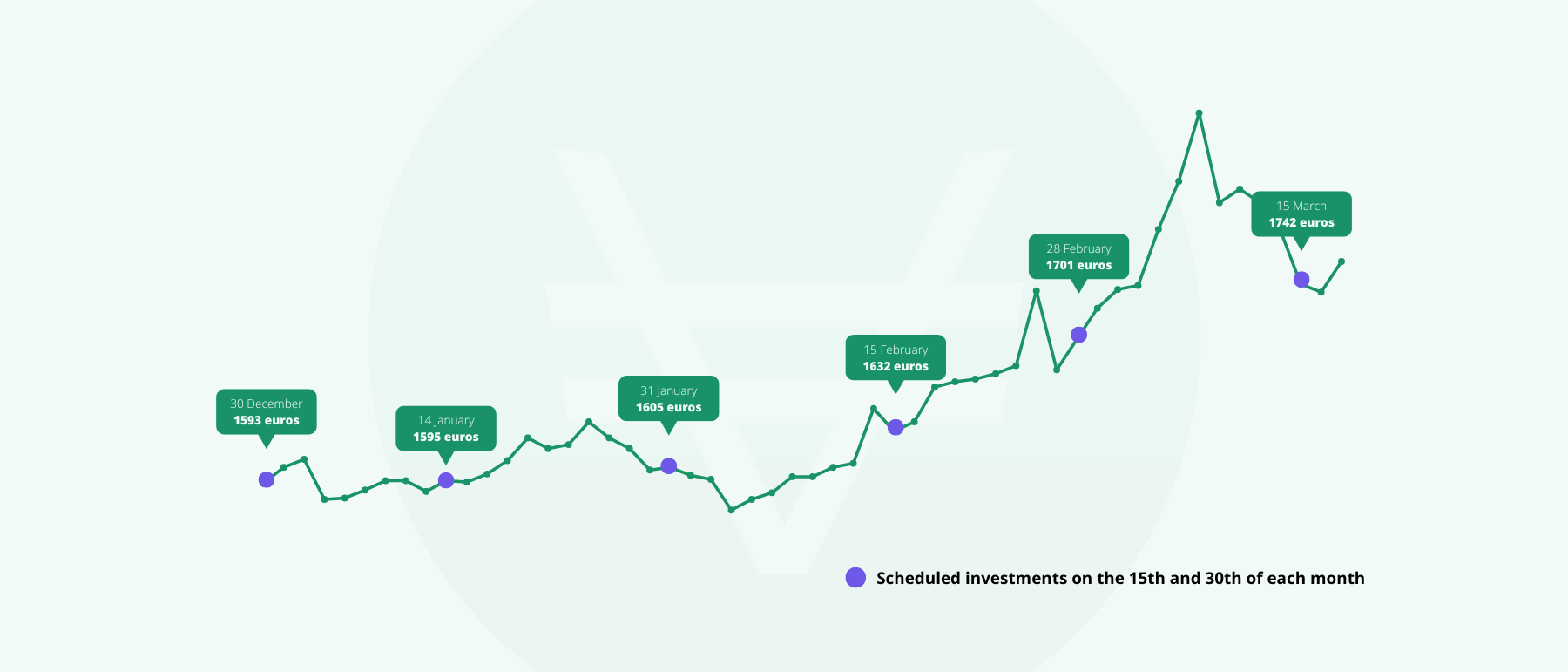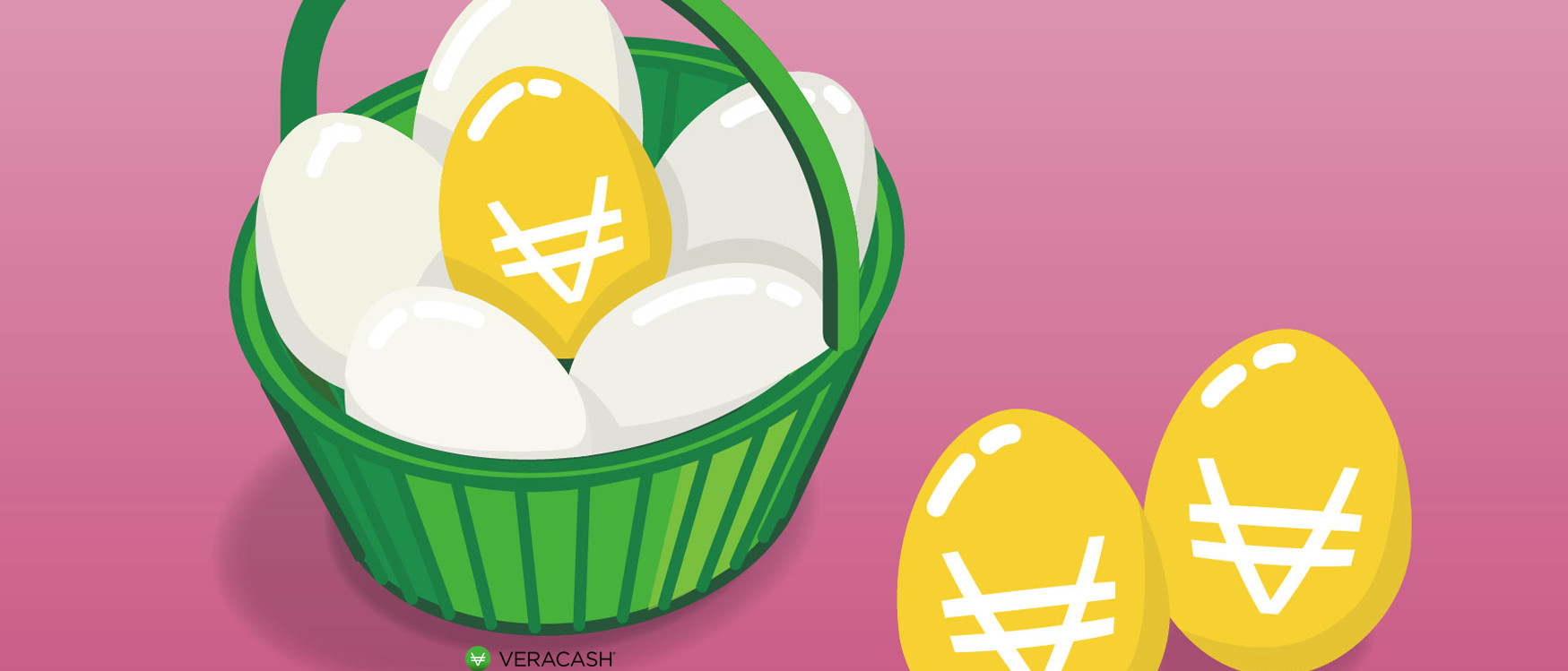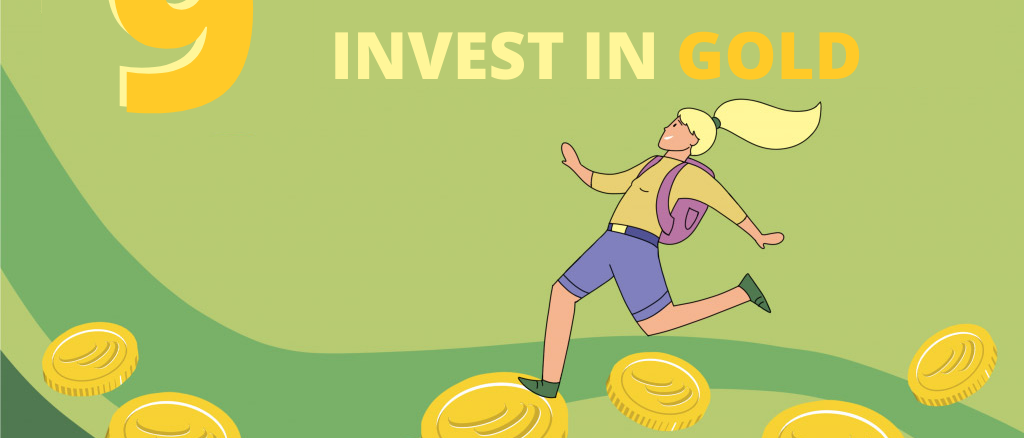Rising prices are undoubtedly the indicator that speaks loudest to the most people. Depending on geographic location and position in the economic value chain, inflation can either be a positive sign or a worst nightmare. In short, to paraphrase Les Inconnus (a French comedy group): there’s good inflation, and then there’s bad inflation. But how can you tell them apart? Well, read on, and we’ll explain!
What is inflation?
It is an increase in the cost of goods and services. A euro can buy less during periods of inflation. It can often be seen in hikes in the price of petrol. Before, I could fill up my car for €50, but now I am a few litres short. In other words, the price of fuel is higher.
The Fisher equation: Inflation eats away at personal savings
This is one ‘Fisher price’ that is absolutely no fun. The economist Irving Fisher brought to light the difference between the published interest rate on savings and an actual increase in wealth. The root cause of this being, of course, inflation. For example, the rate for a French Livret A savings account in 2019 was 0.75%. This means your savings should earn you interest of 0.75%. But Fisher reminds us that we need to subtract the rate of inflation from that percentage. So, if you earn 0.75%, but the cost of living is increasing, as it is currently, at a rate of 1%, then how much are your assets really bringing in? That isn’t looking good, Fisher.
Right now, the return on your Livret A savings account is: 0.75 – 1 = -0.25! So, 0.25% of your wealth is going down the drain!
Why isn’t inflation good for the economy?
It all depends on the level. In certain countries that are going through a recession, like Venezuela, or Turkey, when the Turkish lira collapsed under attack from the US, or Argentina, in the midst of its financial crisis, it can become unbearable. An example of this is consumers going around with ‘barrowfuls’ of local currency just so they can buy something to eat. This is hyperinflation – with an 82,700% price increase in bolivars in July alone! Can you imagine that? In the time it would take to get from your house to the bakery, prices would have risen several times over.
No inflation isn’t a good thing, either
Reasonable inflation is also a sign of an economy’s good health. Growth is taking place, companies are doing well, they’re hiring, wages are rising, and prices are going up. This is the basic equation for our modern economies. Today, there is reason to wonder at the situation of developed countries, which all report near full employment, with the exception of France. There should normally be a little inflation everywhere, which is not currently the case. Interest rates have never been so low, and money has never been so readily available, with the Fed and the ECB pouring billions into bank coffers (in the olden days, we would have said, ‘printing money’). Inflation is contained – at close to zero. This is astonishing, to say the least.
How is the inflation rate calculated?
A ‘basket’ of products and services is analysed. Naturally, the choice of what goes into that basket is the subject of great debate. For example, in France, in particular, the population feels like “everything is getting more expensive” and yet, in 2019, INSEE (The National Institute of Statistics and Economic Studies) released a figure of close to 1% inflation, which would rather suggest that prices were stable. The consumer price index (CPI), which forms the basis for calculating inflation, covers multiple families of products and services. This yields a fairly broad view of everything we might consume: food, housing, energy, equipment, clothing, tobacco and so on. So, if rents are rising while energy (especially the price of petrol) is dropping, then the CPI could be close to zero.
Why is everything getting more expensive when inflation is almost zero?
INSEE, which has been responsible for gathering price information and producing the consumer price index in France for decades continues to defend its methods and opposes the relativity of popular perceptions. Without taking a stance in this debate, it is still easy to imagine that the ‘shopping basket’ might evolve less quickly than consumer habits. For example, urbanites who no longer use cars to get around only see regular rises in the price of public transport and not the decline in the price of petrol. And there are plenty more parallels that could be drawn.
Is the price of gold affected by inflation?
Gold is considered to be a safe haven. So, what happens in a case of hyperinflation like in Venezuela or Turkey? Conversely, does gold lose value in a situation of deflation?
It should be noted, first and foremost, that, to ensure their monetary independence, countries tend to prefer to reinforce their gold reserves rather than disposing of them. This was true of Turkey in 2018, and then the Chinese, the Russians and even the Poles bolstered their stocks in 2019. Those countries are sending a strong signal: they are doing this to reduce their dependence on the dollar.
Gold retains the same buying power over the years
This is probably the best answer to the previous question. At the turn of the 20th century, you could buy a velocipede with one sovereign gold coin. Today, you can buy a bicycle with EUR 270 (the price of a sovereign). In between, there has been a rise in the GDP, two world wars, changes in currencies, devaluations, the move to the euro, economic and stock market crises, and alternatingly strong and weak growth. Yet still, a century later, you can buy the same thing with the same coin (or its cash equivalent). This comparison could also be used for an ounce of gold or its worth in euros. Before the Industrial Revolution, it took the equivalent of an ounce of gold to buy a cow. And that’s still the case in 2019, give or take a few dozen euros. We’ll give one last example, that of the Ford Model T – a major innovation for travel in its day. Well, the total sum of silver and gold coins needed to purchase such a machine in 1910 would be worth almost exactly the same as the price of a Tesla today.
Nicolas has been an inbound and digital marketing specialist for almost 10 years and is currently, the Marketing and Communication Manager for the AuCOFFRE group. He has been supporting the growth of VeraCash since 2016.
You might be interested in
11 May 2023
DCA or the smart art of buying gold
The health crisis of the last two years and the current geopolitical turmoil over the war in Ukraine have once again demonstrated that gold is a safe…
7 October 2020
Nine good reasons to invest in gold
Gold has been shining brightly for the past few months. It even set a new all-time high this summer at over $2,000 an ounce. Can investing in gold in…


